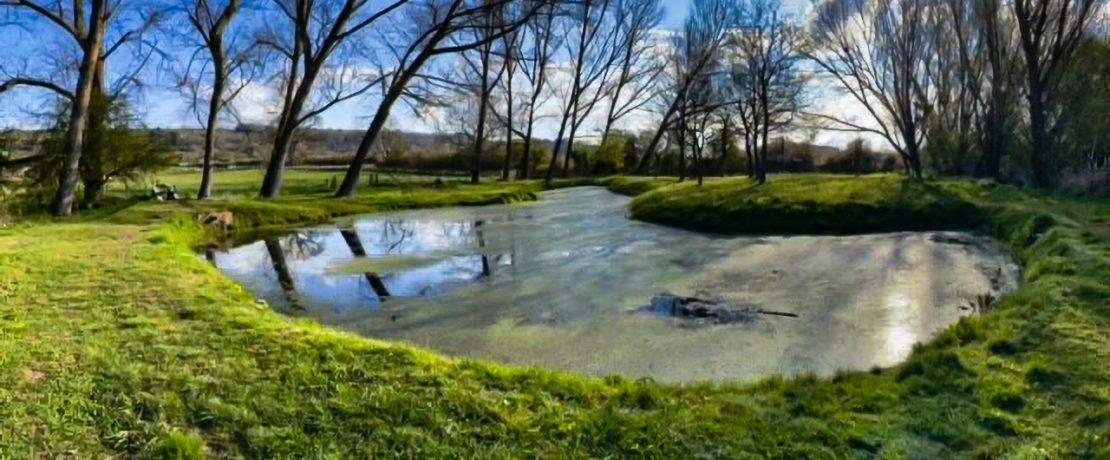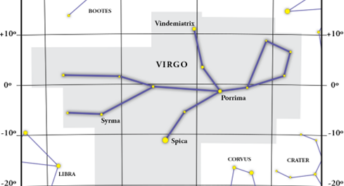Pond Dipping: How to pond dip?
Beneath the surface of the water, there’s an unseen world of amazing wildlife ready to be discovered and explored.
Pond dipping is something we can all do (especially as a family) and it’s loads of fun!
There are all sorts of interesting creatures living in even the smallest of ponds.
What’s lurking in the depths of a pond near you?
Maybe a mysterious alien-like dragonfly nymph, or a great diving beetle perhaps!
Set off on an expedition to your garden pond or visit one of our National Parks – North Yorkshire Moors and Yorkshire Dales and take part in an organised pond dip!
You’ll be amazed at the number of different things you’ll find sharing a home in the water.
What you need:
There are a few items you’ll need to catch and study pond creatures, but you don’t need to buy special equipment.
- A long handled net (bought or made – see below)
- A light-coloured shallow tray or container
- Spoons to look at minibeasts more closely.
- A magnifying glass
- A pencil and notebook to record your findings
- A camera or phone to take pictures
How to Pond Dip
- Always make sure you’ve got the permission of the pond owner first.
- Wash and rinse your hands before starting so that you don’t inadvertently transfer soap, lotion or sweat into the pond water.
- Approach the water quietly and move slowly. This will give you the best chance to see the wildlife, not only in the water, but also by the water’s edge.
- Once you’re at the water’s edge, look into the water first. This will give you a moment to see what it is you may catch, how it moves and where it hides!
- An adult should help you fill the tray with pond water.
- When you are safely set up and ready, slowly lower your net into the water. To keep the water flowing through the net, move it gently in a figure of eight motion.
- After a few loops gently lift it out, and place inside out in the water in your tray. The catch is then ready to be observed.
- Use RSPB pond ID sheet to find out what animals you’ve caught.
- Keep safe around water. Always have an adult present and be very careful as the edge of a pond can be slippery.
- Make sure you return all of you catch – plants and animals – after you’ve finished identifying everything, by carefully pouring the content of your tray back safely into their homes in the pond before giving the tray and net a gentle rinse. Please don not take any animals or plants home with you.
- If you’re planning to use your net in a different pond, get a grown-up to soak it in fresh, hot water to avoid transferring any nasties from pond to pond.
- If there is more than one pond – Do not move animals between ponds. This risks spreading bacteria or disease and it is also illegal to move many species of wild animal.
- Once finished, don’t forget to wash your net thoroughly and dry it, so it’s nice and clean for the next outing and don’t accidentally transfer any nasties on your next day out.
- Don’t forget to send us photos / drawings of what you have found to info@cprenorthyorkshire.co.uk or tag us #cprenyponddipping
How to make a net if you don’t have one:
You will need:
- an old pair of tights
- a wire coat hanger
- a strong stick / bamboo cane
- Needle and Thread
- Duct Tape
- Bend the coat hanger into a circle to make the rim of the net.
- Wrap the waistband of the tights over the wire
- You will need to secure the tights to the frame. Wrap the material around the wire and carefully stitch it to itself.
- Cut the legs off the tights and tie up the holes.
- Finally, straighten the hook of your coat hanger and wind it around a stick, then secure it with duct tape.
- Make sure it’s firmly attached so it doesn’t fall in the water.








